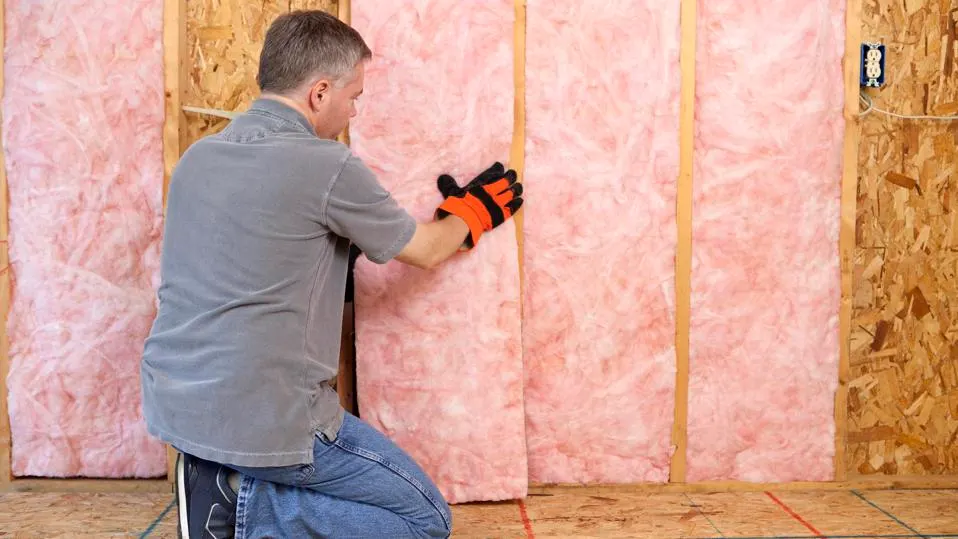
Mastering Wall Insulation: A Comprehensive Guide for Home Comfort
Introduction: Wall insulation is a silent hero in creating a cozy and energy-efficient home environment. In this comprehensive guide, we explore the significance of wall insulation, various types available, installation methods, and address common questions to empower homeowners in making well-informed decisions.
Understanding Wall Insulation and Its Significance
The Thermal Shield:
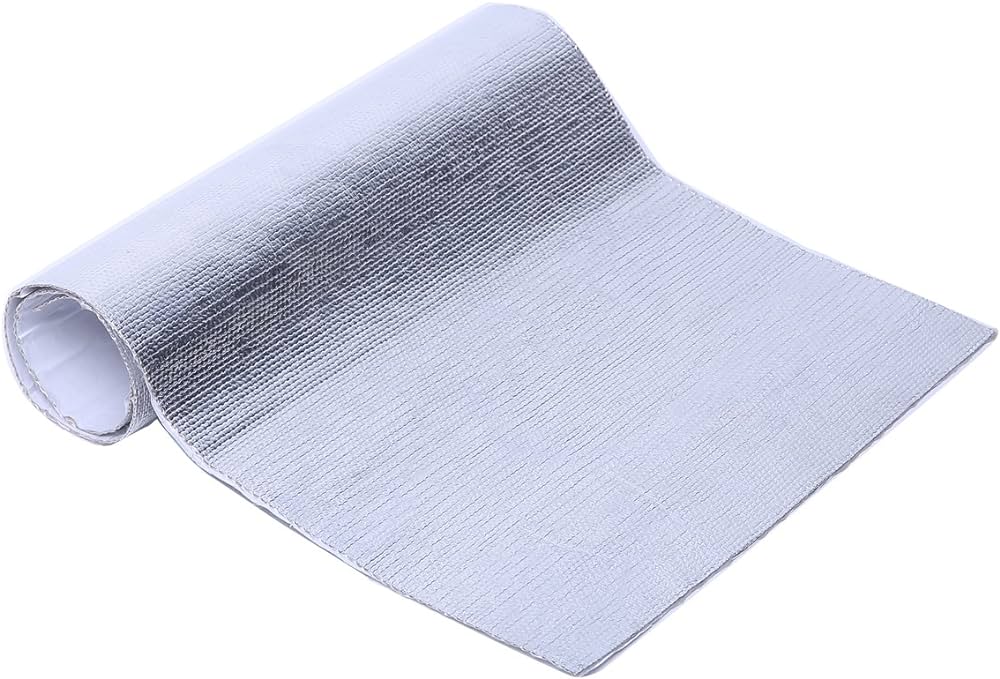
Wall insulation functions as a robust thermal shield, strategically preventing heat transfer and fostering a stable indoor temperature throughout the changing seasons. This protective barrier plays a pivotal role in maintaining a comfortable and controlled climate within the home, shielding occupants from the extremes of both winter cold and summer heat.
Understanding the mechanics of this thermal shield involves recognizing how insulation materials act as barriers against the flow of heat. By impeding the movement of thermal energy through the walls, insulation effectively traps warmth during colder periods and hinders the infiltration of external heat during warmer times. This not only enhances the overall comfort of living spaces but also contributes to substantial energy savings.
Energy Efficiency Unveiled:
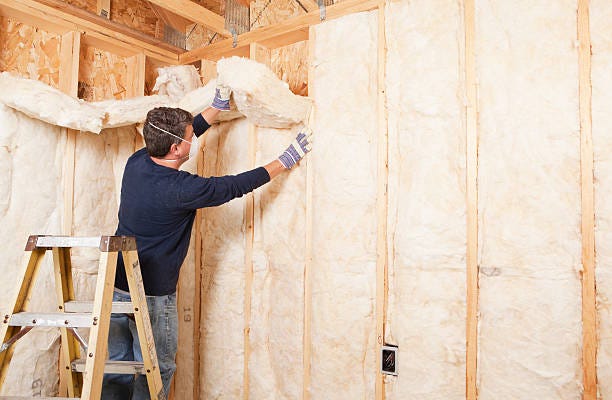
Delve into the intricate relationship between effective wall insulation and the revelation of unparalleled energy efficiency. The direct link between these two factors becomes a cornerstone in the pursuit of reduced energy consumption, resulting in lower utility bills and significant long-term cost savings for homeowners.
Effective wall insulation serves as a formidable ally in the quest for energy efficiency by minimizing the need for constant heating or cooling. By creating a stable and insulated environment, the home requires less reliance on HVAC systems to regulate temperatures, leading to a substantial decrease in energy consumption. As a consequence, lower utility bills become a tangible benefit, providing homeowners with both immediate and sustained financial relief.
Furthermore, the long-term cost savings associated with energy-efficient wall insulation extend beyond monthly bills. Reduced energy consumption contributes to a smaller environmental footprint, aligning with sustainability goals and fostering a responsible approach to resource usage.
In essence, unveiling the connection between energy efficiency and effective wall insulation underscores the transformative impact that well-insulated walls can have on both the comfort and financial well-being of homeowners.
Exploring Different Types of Wall Insulation
Fiberglass Insulation:
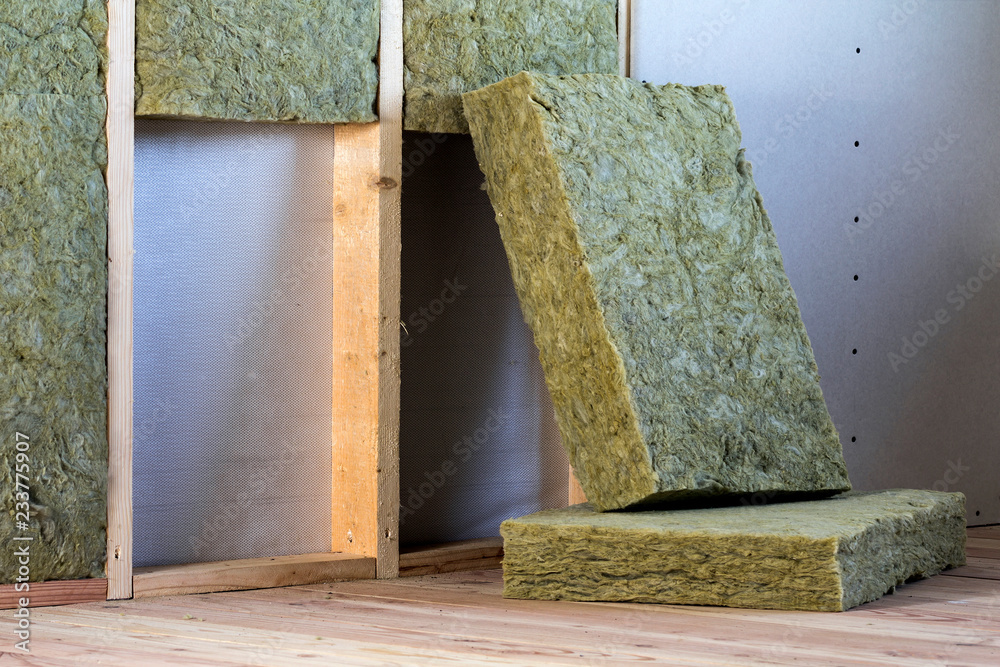
Embark on a journey into the realm of fiberglass insulation, exploring its affordability, thermal performance, and key considerations for installation. As one of the most widely used insulation materials, fiberglass offers a compelling blend of cost-effectiveness and efficiency.
Affordability Explored: Dive into the economic aspects of fiberglass insulation, understanding why it remains a popular choice for homeowners seeking a budget-friendly insulation solution. Assess the cost-effectiveness of fiberglass as it provides a reliable thermal barrier without placing a heavy strain on the financial aspects of home improvement projects.
Thermal Performance Under the Microscope: Uncover the thermal prowess of fiberglass insulation, delving into how its unique composition of glass fibers contributes to effective temperature regulation. Evaluate its ability to resist heat transfer, creating a comfortable indoor environment while minimizing the need for excessive heating or cooling.
Considerations for Installation: Navigate the nuances of installing fiberglass insulation, gaining insights into the best practices and considerations for ensuring optimal performance. From assessing the right thickness to addressing potential challenges during installation, empower yourself with the knowledge needed for a successful fiberglass insulation project.
Cellulose Insulation:

Explore the world of cellulose insulation, a sustainable choice crafted from recycled materials, and delve into its unique qualities that make it a standout option for wall insulation.
Sustainability Unveiled: Learn about the eco-friendly nature of cellulose insulation, crafted from recycled materials such as newspapers, cardboard, and wood fibers. Understand how choosing cellulose contributes to sustainable living practices, making it an environmentally conscious insulation choice.
Unique Qualities for Wall Insulation: Uncover the distinctive attributes that make cellulose insulation a compelling option for walls. From its ability to fit seamlessly into wall cavities to its resistance to pests and fire-retardant properties, delve into the features that set cellulose apart as a versatile and effective insulation material.
Foam Board Insulation:
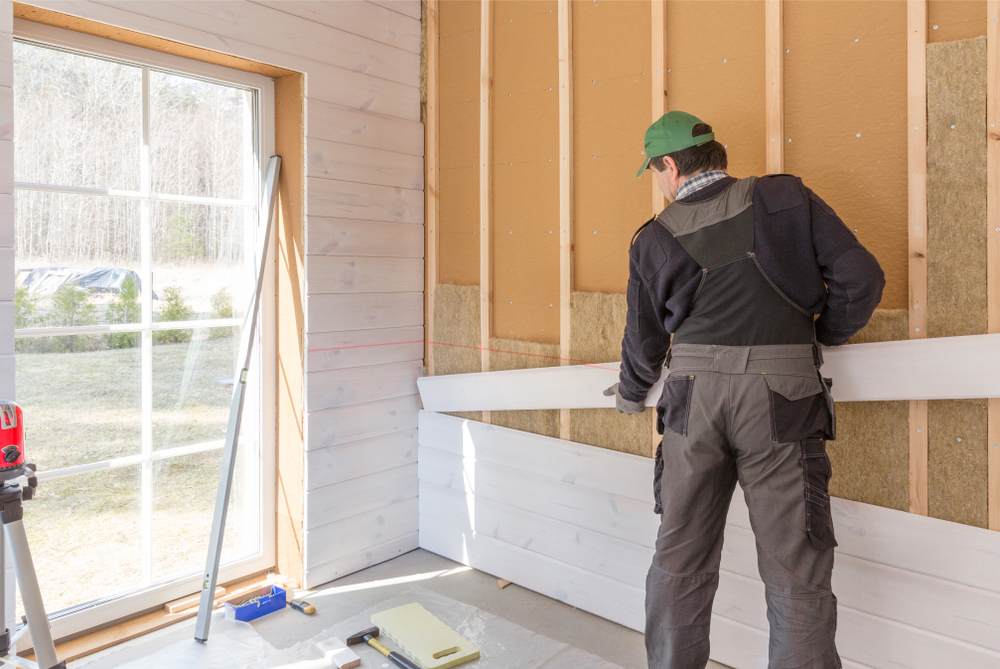
Understand the benefits of foam board insulation, a versatile and durable option suitable for a range of wall applications. Delve into its unique properties that make it a preferred choice for homeowners seeking efficiency and longevity.
Versatility Explored: Explore the versatility of foam board insulation, understanding how it adapts to various wall applications. Whether used in exterior walls, interior walls, or beneath concrete slabs, grasp the flexibility that foam board brings to the realm of wall insulation.
Durable Defense Against Elements: Unveil the durability of foam board insulation as it withstands the elements, providing a long-lasting barrier against heat transfer and environmental conditions. Assess how its robust composition contributes to the structural integrity of walls, offering reliable insulation for years to come.
Installation and Maintenance Tips
Professional Installation:
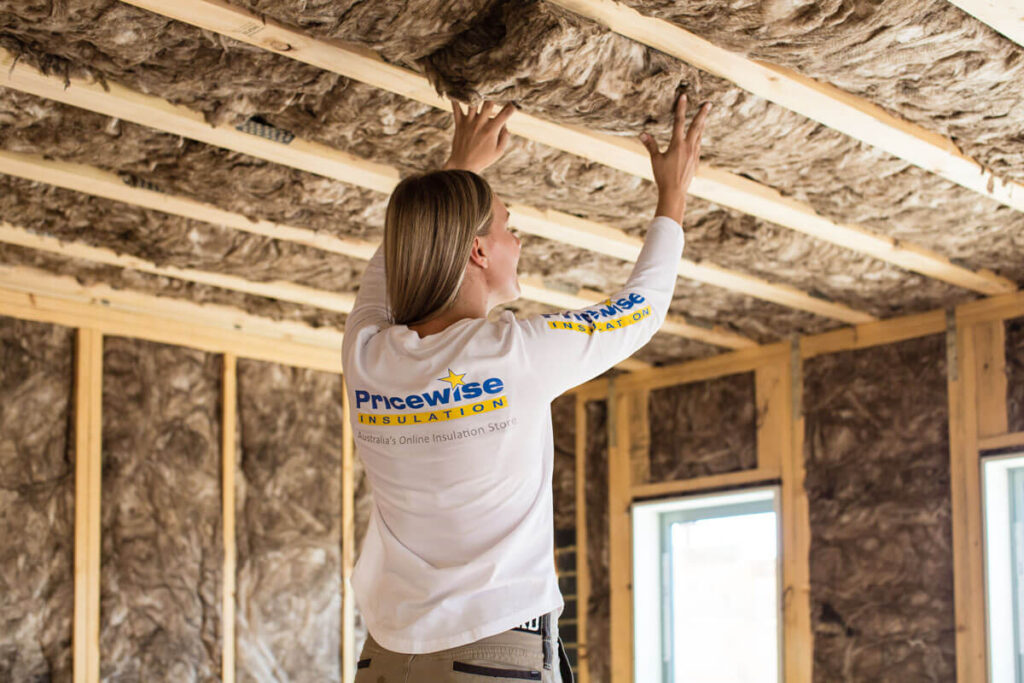
Understand the critical role of professional installation in maximizing the effectiveness of wall insulation. Emphasize the importance of relying on experienced installers to ensure proper placement and adherence to industry standards.
Why Professional Installation Matters: Delve into the intricacies of wall insulation installation, highlighting the nuances that professionals are trained to address. From accurate measurements to precise application techniques, professional installers play a crucial role in optimizing the performance of insulation materials.
Ensuring Proper Placement: Explore the significance of placing insulation materials correctly within wall cavities. Professional installers possess the expertise to navigate potential challenges, ensuring that insulation covers all areas uniformly, eliminating gaps and weak points that could compromise thermal efficiency.
Adherence to Safety Standards: Emphasize the commitment of professional installers to adhere to safety standards during the installation process. Discuss the potential risks associated with improper installation, such as exposure to harmful substances, and underscore how professionals mitigate these risks through careful execution.
Maintenance Guidelines:
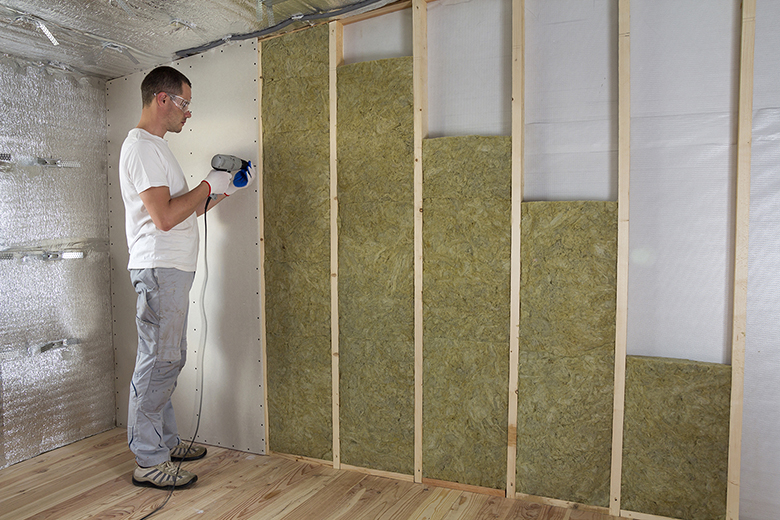
Offer valuable insights into routine maintenance practices that contribute to the longevity of wall insulation. Provide homeowners with actionable guidelines to address settling, moisture concerns, and other factors that may impact the performance of their insulation over time.
Addressing Settling Issues: Discuss the natural settling process that insulation materials may undergo and provide guidance on periodic inspections. Highlight the importance of identifying any areas where insulation may have compressed or shifted, and explain how homeowners can rectify such issues.
Managing Moisture Concerns: Delve into the impact of moisture on insulation effectiveness and structural integrity. Provide practical tips on identifying and addressing moisture-related issues, such as leaks or condensation, to prevent mold growth and maintain the insulation’s thermal performance.
Routine Inspections and Repairs: Encourage homeowners to conduct routine inspections of their wall insulation and promptly address any visible damage or wear. Discuss the benefits of proactive repairs, emphasizing that timely interventions can prevent more extensive issues and prolong the overall lifespan of the insulation.
By understanding the crucial role of professional installation and implementing routine maintenance practices, homeowners can ensure that their wall insulation continues to deliver optimal performance, contributing to a comfortable and energy-efficient living environment.
Conclusion: Elevating Comfort and Efficiency
In conclusion, mastering wall insulation is a vital step towards creating a home that is both comfortable and energy-efficient. By understanding the types, installation methods, and addressing common questions, homeowners can make informed choices to enhance their living spaces. Whether aiming for sustainability, cost savings, or improved indoor comfort, investing in quality wall insulation is a key step toward creating a home that stands the test of time.
10 FAQs About Wall Insulation with Answers
- Why is wall insulation important for homes?Wall insulation is crucial for maintaining a comfortable indoor temperature by preventing heat loss in winter and heat gain in summer.
- How do I determine if my walls need insulation?Conduct an energy audit or consult with a professional to assess your home’s insulation needs and identify areas requiring improvement.
- Which type of wall insulation is most effective?The effectiveness depends on factors like budget, climate, and specific needs. Fiberglass, cellulose, and foam board insulation are popular choices.
- Can I install wall insulation on my own?While some types allow DIY installation, professional help ensures proper placement and maximizes effectiveness.
- What factors influence the cost of wall insulation?Material type, insulation thickness, and labor costs influence the overall expense of wall insulation.
- Is wall insulation a fire hazard or fire-resistant?Most wall insulation materials are fire-resistant, contributing to home safety. However, always check the specific fire rating of the chosen material.
- What is the typical lifespan of wall insulation?Properly installed insulation can last 20 years or more, with periodic maintenance ensuring longevity.
- Can I retrofit insulation into existing walls?Yes, retrofitting insulation into existing walls is possible through methods like blown-in insulation or foam injection.
- Are there environmentally friendly wall insulation options?Yes, options like cellulose insulation, made from recycled materials, are eco-friendly and contribute to sustainable living.
- Will wall insulation improve indoor air quality?While insulation itself doesn’t directly impact indoor air quality, it helps maintain a comfortable environment, reducing the need for excessive ventilation that might introduce outdoor pollutants.
Read about:How To Build A Shower Pan On Plywood Floor


